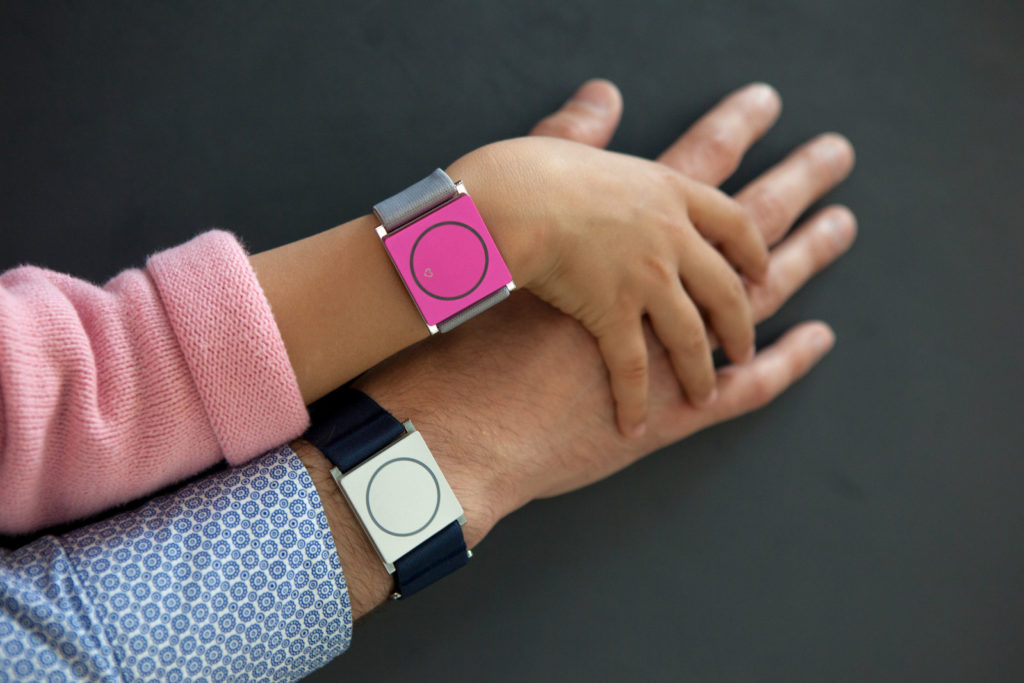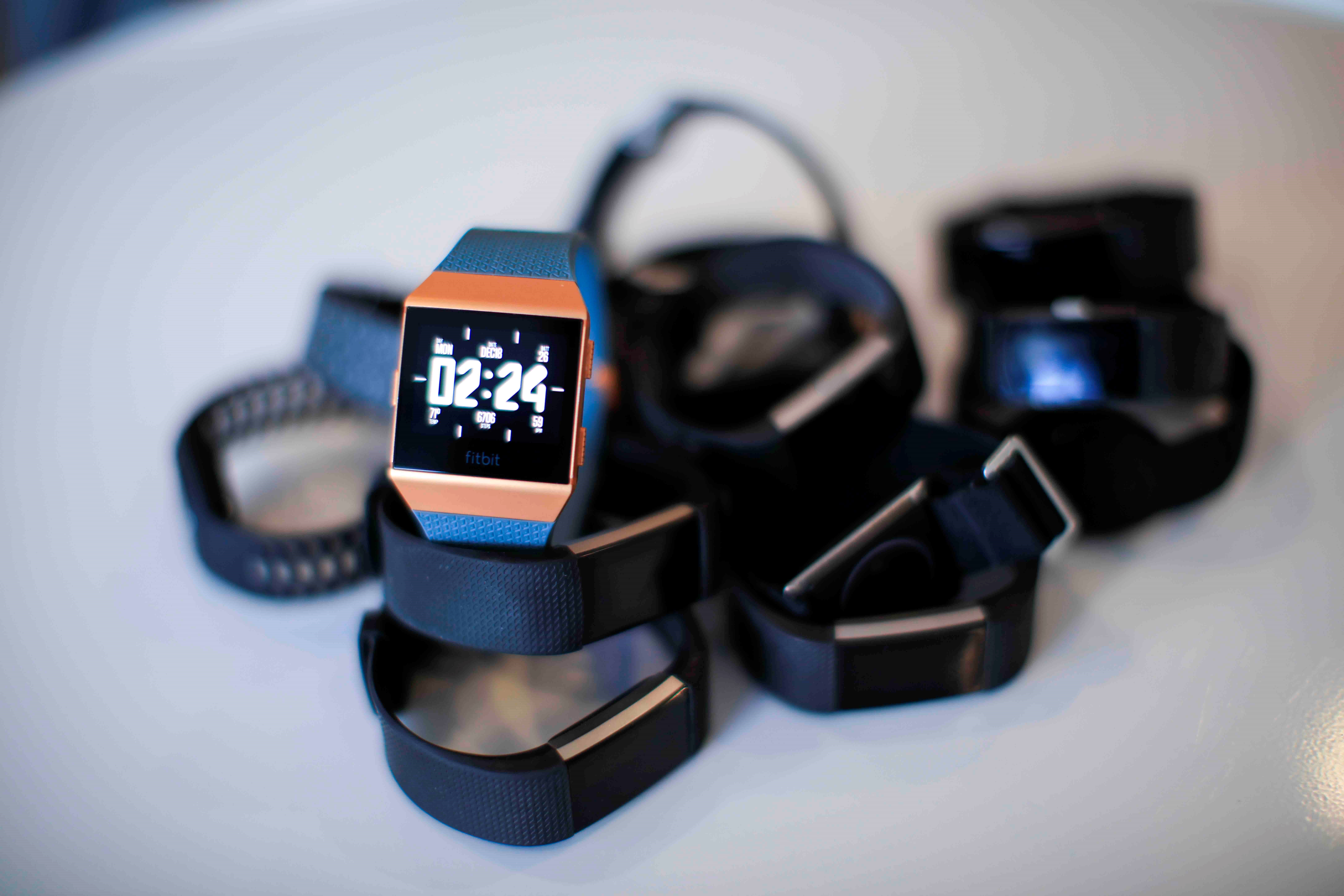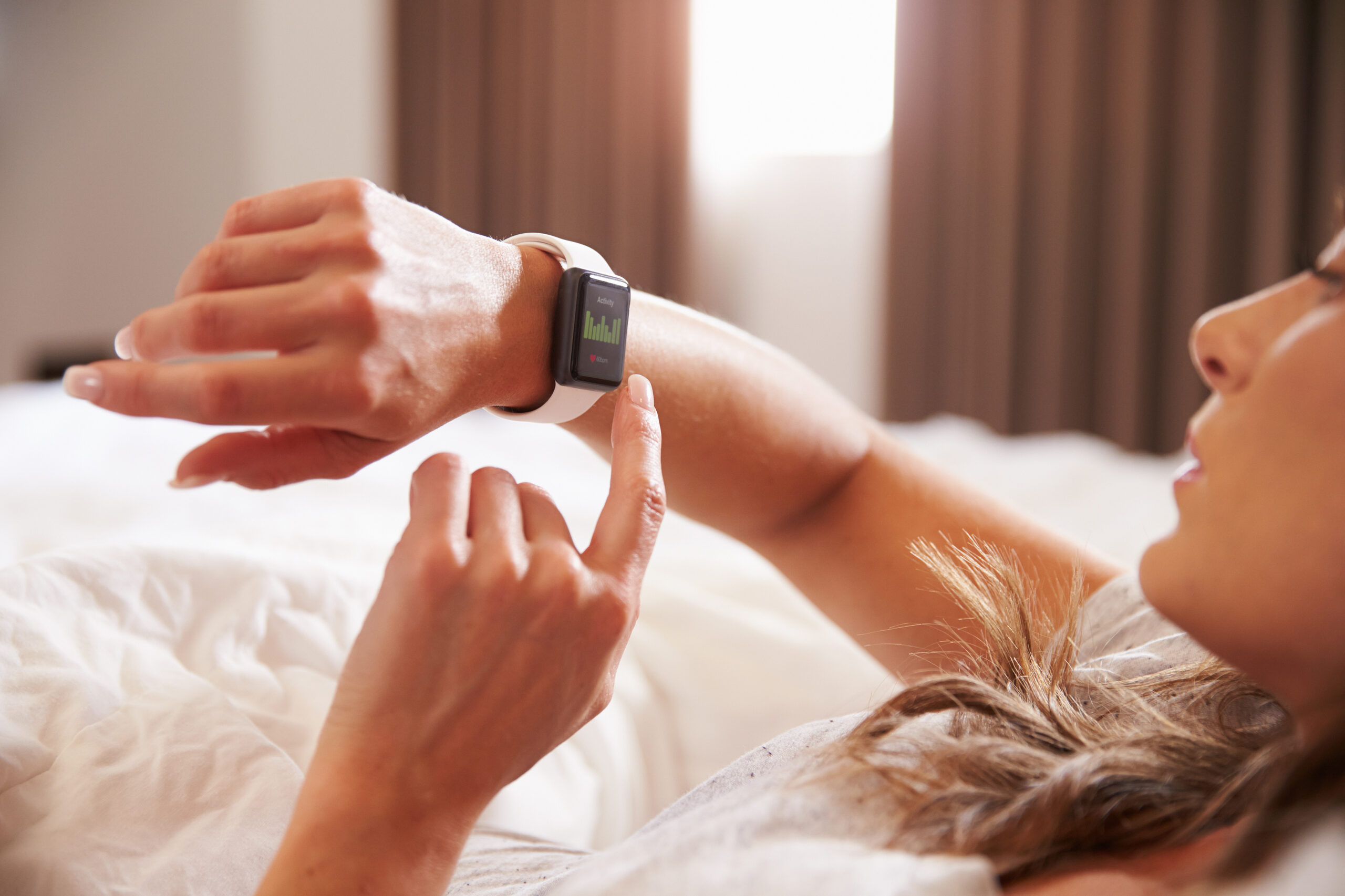MIT spinoff company Empatica has received FDA approval for their wearable Embrace device, designed to alert patients and caregivers of a seizure. The device uses artificial intelligence and machine learning to track the duration and frequency of seizures based on physiological data.
“We’re beyond excited to announce that the Embrace Watch has been cleared by the US Food and Drug Administration as a medical device!” said a statement from Empatica. “This marks an invaluable milestone in our mission towards improving lives for millions of people in the epilepsy community.”
According to the Epilepsy Foundation, epilepsy affects 3.4 million people in the US. While symptoms vary, the condition results in patients suffering multiple seizures with no known trigger.
“The FDA approval of the Embrace device to detect major convulsive seizures represents a major milestone in the care of epilepsy patients,” said Orrin Devinsky, Director of the Comprehensive Epilepsy Center at NYU. “Tragically, more than 3,000 Americans die each year from Sudden Unexpected Death in Epilepsy (SUDEP) and the Embrace offers the potential to alarm family members and caretakers that a tonic-clonic seizure is occurring. The scientific evidence strongly supports that prompt attention during or shortly after these convulsive seizures can be life-saving in many cases.”
The wearable device measures physiological changes in sympathetic nervous system activity and skin temperature. Stress responses are measured by electrodermal activity, which can be an accurate indicator of seizure.
A 135-patient clinical trial of the wearable device showed that Embrace was able to detect 100 percent of seizures experienced by patients. Data was collected over a period of 272 days, with a total of 40 generalized tonic-clonic seizures recorded.
“It’s been quite the journey – we have worked for years building wearable stress and emotion sensors, and then accidentally discovered we could pick up changes in the skin elicited by brain activity related to the most dangerous kinds of seizures,” said technology developer Rosalind Picard, Director of the Affective Computing Group and Chief Scientist at Empatica. “It has been very meaningful to see this technology move from the lab into the most accurate, beautiful and easy to use sensor on the market.”
Wearability was a huge concern when the Empatica team was developing Embrace. While an electroencephalogram (EEG) is often used to diagnose epilepsy, it’s cumbersome and not always accurate at detecting the neurological condition unless a patient is currently experiencing a seizure.
“Medical devices face a huge problem: they’re usually too bulky and uncomfortable, and people simply don’t want to wear them. Empatica took a different path,” said Matteo Lai, Co-Founder and CEO of Empatica. “We wanted to design the world’s first medical device that could win a design award, while being used as a lifesaving product. Patients actually love Embrace and are proud to wear it. We think this has been one of the keys of its success and an interesting lesson for healthcare. Cutting edge technology and good design need to go together.”











Join or login to leave a comment
JOIN LOGIN